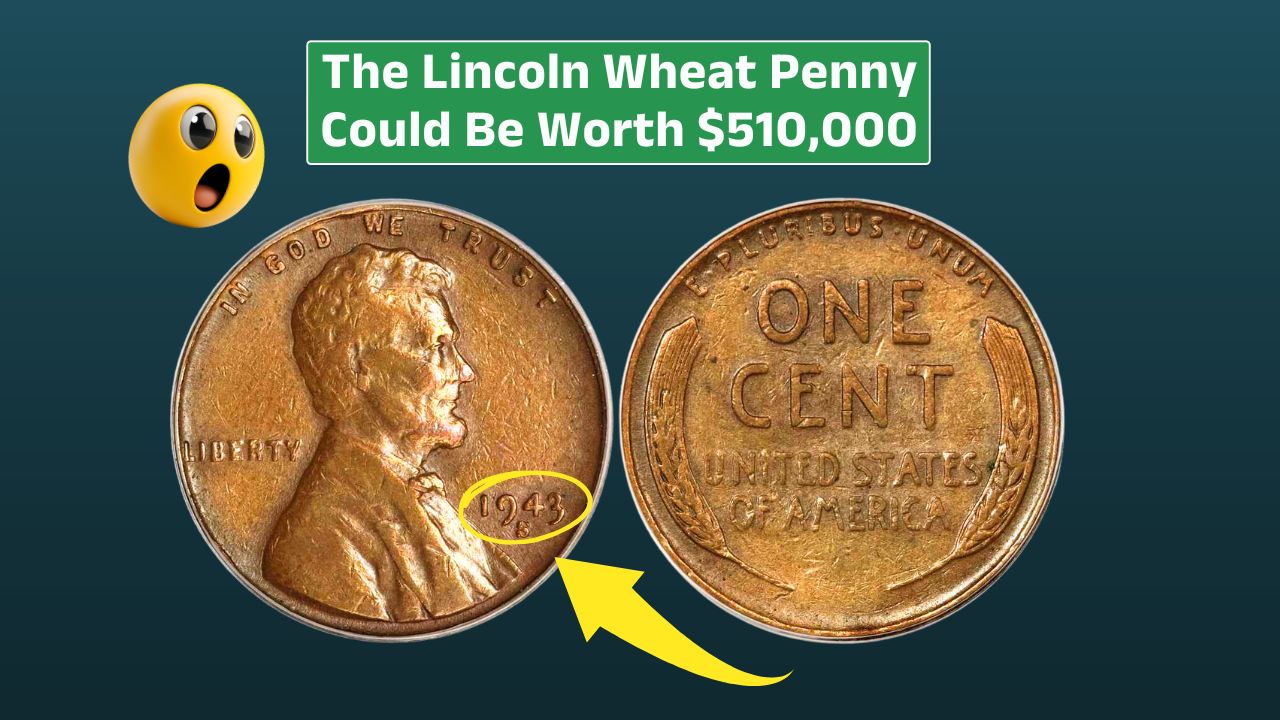Most of us barely notice pennies. They pile up in jars, hide in drawers, or disappear into the depths of couch cushions. But once in a while, one of those dusty old coins turns out to be worth more than a car payment—or a house. The Lincoln Wheat Penny, in particular, has gained legendary status among collectors, with a few rare ones commanding prices in the six figures. No joke.
Let’s take a look at what makes this everyday coin so special—and how one might be hiding in your spare change.
History
The Lincoln Wheat Penny first hit pockets in 1909 to honor Abraham Lincoln’s 100th birthday. It marked a turning point in American coinage, as it was the first U.S. coin to feature a real person instead of a symbolic image like Lady Liberty. The design came from Victor David Brenner, and Lincoln’s profile on the front is still on today’s pennies.
The back originally displayed two wheat stalks framing “ONE CENT” and “UNITED STATES OF AMERICA”—a simple, rustic design that gave rise to the nickname “Wheat Penny.” That wheat motif stuck around until 1958, when the Lincoln Memorial took its place.
Rarity
One of the most prized finds? The 1943 copper Wheat Penny. During WWII, the Mint switched to steel pennies to save copper for the war effort. Still, a few copper blanks got pressed by accident—creating the famous 1943 bronze pennies.
Only about 20 of these are known to exist, and they’ve become the stuff of numismatic legend. If you ever come across one, you could be looking at a payday of up to $510,000. A single cent that could literally change your life.
Variants
While the 1943 copper penny is the holy grail, other Wheat Pennies can be surprisingly valuable too. Keep an eye out for these:
| Year | Mint Mark | Unique Feature | Est. Value |
|---|---|---|---|
| 1909-S VDB | S | Designer’s initials on back | $1,000 – $50,000 |
| 1914-D | D | Rare due to low mintage | $200 – $5,000 |
| 1922 | None | No mint mark—known as “Plain” | $500 – $10,000 |
| 1955 | None | Double-stamped date/lettering | $1,000 – $15,000 |
Each of these has its quirks, which only adds to their charm and value.
Tips
So how can you tell if you’ve struck penny gold? Start with the year. Look closely at coins from 1909, 1914, 1922, 1931, 1943, and 1955.
Then check for the mint mark, just below the date. Coins marked with an “S” (San Francisco) or “D” (Denver) are typically more valuable than unmarked Philadelphia ones.
For 1943 pennies, color can be a giveaway. Most are silver-toned steel. If you find one that looks coppery, grab a magnet. If it sticks, it’s steel. If it doesn’t—well, time to talk to a professional.
Care
If you stumble upon what might be a valuable coin, don’t clean it. Polishing it could ruin its worth. Handle it gently by the edges and store it in a coin holder or flip to protect it.
Before selling, get it graded by a reputable service like PCGS or NGC. Certified coins in good condition often sell for much more than unverified ones.
Hobby
You don’t need to be a hardcore collector to enjoy coin hunting. It’s an easy hobby that costs almost nothing to start—just a little patience, curiosity, and maybe a bit of luck. And hey, the next big find could be waiting in your kitchen junk drawer.
So next time you’re handed a pile of change, give it a second look. That ordinary-looking penny might just be the key to a life-changing surprise.
Who knew treasure could be small, brown, and hiding in plain sight?
FAQs
What is the rarest Wheat Penny?
The 1943 copper Wheat Penny is the rarest and most valuable.
How do I know if a penny is valuable?
Check the date, mint mark, and see if it’s copper or steel.
Is a 1955 penny worth money?
Yes, the 1955 double die penny can be worth thousands.
Can I clean old pennies to increase value?
No! Cleaning coins reduces their value significantly.
Where should I get my coin appraised?
Use certified grading services like PCGS or NGC.
